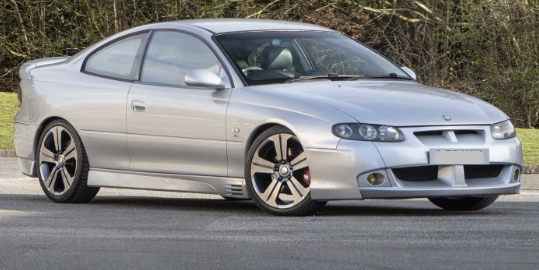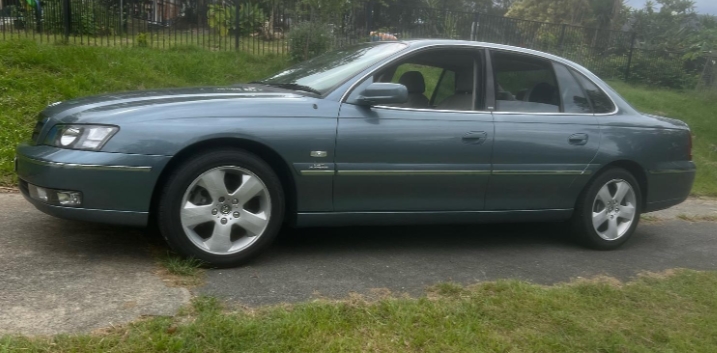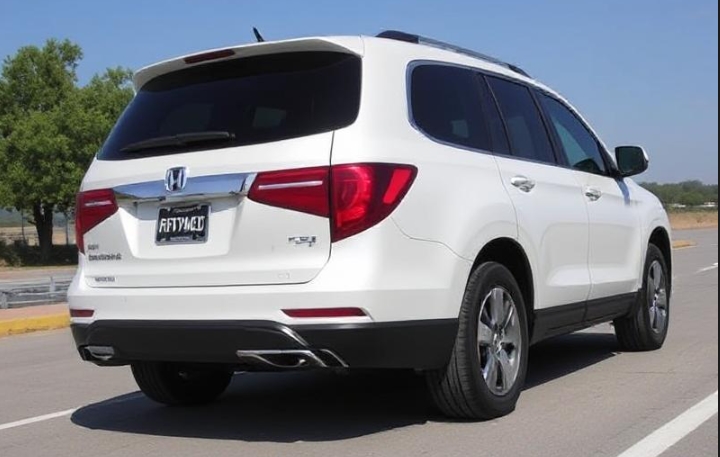The Evolution of the Honda S2000: A Roadster Icon
The Honda S2000 is a beloved sports car that has garnered a dedicated following since its introduction in 1999. Combining engineering excellence with a thrilling driving experience, the S2000 has become a symbol of Honda’s performance pedigree. This article takes you through the evolution of the Honda S2000, detailing its production years, models, and trim levels.
Origins and Development
Conceived as a tribute to the 1965 Honda S500, the Honda S2000 was launched at the 1999 Tokyo Motor Show. Its development was influenced by Honda’s desire to create a modern roadster that embodied a lightweight design and high-revving engine performance, characteristics reminiscent of the brand’s legendary motorcycles.
Production Timeline
The Honda S2000 was produced from 1999 to 2009, making it a decade-long staple of Honda’s lineup. It was manufactured at Honda’s Suzuka plant in Japan, which was renowned for building some of Honda’s most athletic models.
First Generation (1999 – 2003)
The first-generation S2000 (AP1) debuted in 1999, featuring a 2.0-liter F20C inline-four engine, which was a marvel of engineering at the time.
- Engine Specifications: The F20C produced an impressive 240 horsepower at 8,300 RPM and 153 lb-ft of torque at 7,500 RPM, utilizing Honda’s VTEC variable valve timing to maximize performance.
- Transmission: It was paired with a 6-speed manual transmission, providing excellent driver engagement and responsiveness.
- Chassis and Suspension: The car featured a rear-wheel-drive layout and a double-wishbone suspension setup at both the front and rear, contributing to its nimble handling dynamics.
Models and Trim Levels:
During its initial production phase (1999-2003), the S2000 was primarily offered in one trim level, but there were several limited editions:
- Base Model (1999 – 2003): The standard model was equipped with power windows, air conditioning, and a digital gauge cluster.
- AP1 Special Edition (2001): This limited edition came with features such as a black interior, a unique radiator grille, and distinctive wheels.
- 2003 model year updates: This included minor refinements like a revised gear ratio for improved acceleration.
Midlife Changes (2004 – 2009)
The second generation, while officially still part of the AP1 designation, saw significant updates in 2004 that continued until the vehicle’s discontinuation in 2009.
- Engine Upgrade: The engine was upgraded to the F22C1, a 2.2-liter variant, which raised output to 237 horsepower at 7,800 RPM, while torque improved, peaking at 162 lb-ft at 6,800 RPM. This modification addressed some critiques regarding lower-end torque.
- Chassis Enhancements: The suspension was retuned, and overall stiffness was improved, resulting in better handling and ride comfort.
- Exterior and Interior Refinements: Changes included a modified front end with larger front air intakes, new alloy wheels, and an updated interior featuring better materials.
Models and Trim Levels in the Later Years:
- Base Model (2004 – 2009): The standard offerings continued to provide a premium sound system, leather-wrapped steering wheel, and additional interior upgrades.
- Honda S2000 CR (Club Racer) (2008 – 2009): This was a significant addition to the S2000 lineup aimed at enthusiasts. The CR variant featured a lightweight removable hardtop, enhanced aerodynamics, a stiffer chassis, and revised dampers and sway bars for improved track performance. The CR also included a unique front spoiler, giving it a more aggressive stance.
.
You’ve got that cool car, but is it resting in its own cool place?
It’s visually pleasing for the surrounding areas outside of your home to look as awesome as what’s stored inside your garage! If you desire a truly inspirational environment, you should check into these plans!

.
Reception and Legacy
Throughout its production run, the Honda S2000 garnered numerous accolades for its precision engineering, exhilarating driving experience, and dynamic styling. It was frequently compared to legendary roadsters like the Mazda MX-5 Miata and the Porsche Boxster, often cited for its enthusiastic performance at a lower price point.
In 2000, it was awarded the “Car of the Year” in Japan and featured prominently in automotive awards across the United States and Europe. The S2000 became a favorite among driving purists, known for its high-revving engine, balanced handling, and lightweight nature.
The End of Production and the Aftermath
In 2009, Honda announced the discontinuation of the S2000, marking the end of an era for the iconic roadster. Despite its limited production run, the S2000 left an indelible mark on the sports car landscape.
Post-production, the S2000 became highly sought after in the used car market, particularly well-maintained models due to their reputation for reliability and performance. Enthusiasts continue to modify and celebrate the S2000, keeping its spirit alive through car clubs, online forums, and organized events.
Conclusion
The Honda S2000 remains an iconic sports car symbolizing Honda’s engineering prowess and commitment to driving enjoyment. Through its two primary generations and various trims, the S2000 thrived in a niche that celebrated spirited performance and the thrill of open-top driving.
While the S2000 may be no longer in production, its legacy lives on as a testament to Honda’s innovation and passion for driving. The S2000 stands as a beacon of what a roadster should be—a car created for those who value performance, precision, and the joy of the open road. With its high-revving engine, balanced chassis, and engaging driver dynamics, the Honda S2000 continues to inspire emotion, admiration, and a sense of nostalgia among enthusiasts worldwide.







